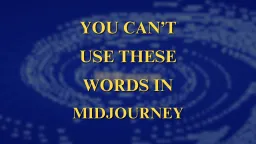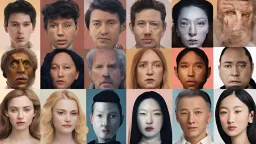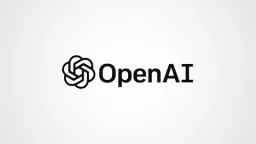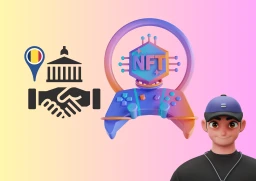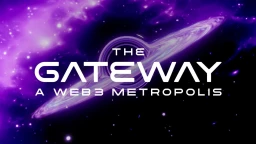Google announced Text-to-Video and other AI Advances

In a recent blog post, Google announced several new advances in its artificial intelligence (AI) technology. Google announced text-to-video capability, which can take written content and turn it into a video automatically. This is just one example of how AI is changing the landscape of online content. As Google continues to develop new ways to use AI, we can expect even more changes in the way that we consume and create content. Read on to learn more about Google’s new AI capabilities and what they mean for the future of online content.
The debut of Imagen Video-Phenaki Combo
With Imagen Video-Phenaki Combo Google announced text-to-video, a new video processing and machine learning platform. It is designed to help developers create better video applications and improve the quality of their video content. The platform includes a new video processing library, a machine learning toolkit, and a set of APIs.
The advantage of this technology is that it can create videos much faster than traditional methods, and it can do so without the need for expensive equipment or human expertise. This could potentially enable a whole new class of applications that require videos but don’t have the resources to create them manually.
There are still some limitations to the system, however. It isn’t perfect at understanding the context of a description, so it can sometimes produce odd or unexpected results. Additionally, the quality of the generated videos is not yet on par with professionally-produced ones. Despite these limitations, though, Text-to-Video is an impressive achievement and a sign of what’s possible with AI-powered video generation technology.
Universal Speech Translator by Google
Google Brain leader Zoubin Ghahramani revealed the company’s endeavor to reflect the diversity of the world’s languages. There is also an ambitious attempt to construct a model that supports the world’s top 1000 languages. This is after analyzing a variety of Google advancements in language AI research.
Google also claims to be creating a universal speech model that has been trained on more than 400 languages, calling it the “biggest language model coverage seen in a speech model today.”
He noted that all of these initiatives “will be a multi-year journey.” But this effort will lay the groundwork for language-based AI to be truly beneficial to everyone.
What this means for AI advances at Google
The manner in which Google announced Text-to-Video tool is just one example of the company’s continued investment in artificial intelligence (AI).
Text-to-Video allows users to input text and have it converted into a video featuring images and narration. The tool is still in early development, but Google says it has the potential to be used for a variety of applications, including educational content, marketing videos, and even movie trailers.
This is just one of many AI advances that Google has made in recent years. Other notable examples include its development of the TensorFlow open-source software for machine learning, and its acquisition of DeepMind Technologies, an artificial intelligence company.
With its significant resources and commitment to AI research and development, Google is well-positioned to continue leading the way in this exciting field.
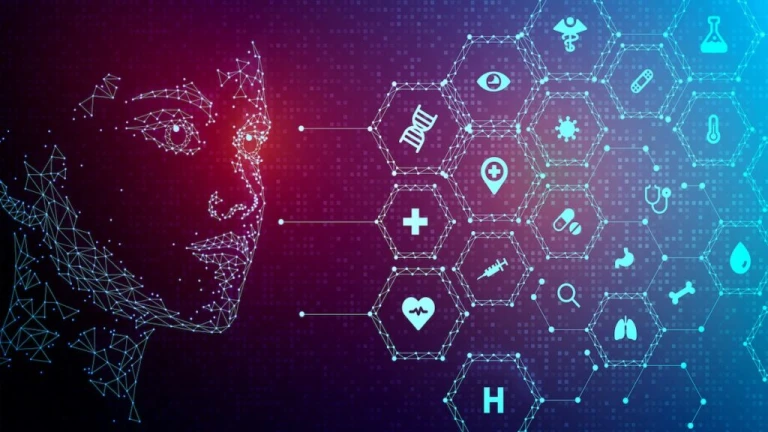
Responsible AI by Google
When it comes to AI, Google is committed to building responsible and trustworthy technology. In fact, they have a whole team dedicated to this called the Google Brain Responsible AI team. Their recent advances in AI include Text-to-Video and AutoML Visualization. The latter helps developers understand how their machine learning models are making predictions.
Both of these advancements are designed with responsibility in mind. For example, with Text-to-Video, the system is not only able to create a video from scratch, but also understands the context of the text in order to generate an appropriate video. This could be used for things like educational videos or creating training materials. As for AutoML Visualization, this tool provides insight into how a machine learning model works, which can help developers improve its accuracy and prevent bias.
Ultimately, these are just two examples of how Google is approaching AI in a responsible way. They are constantly striving to create better and more responsible technology. This is so that everyone can benefit from the amazing potential of artificial intelligence.
Follow us on Instagram: @niftyzone


